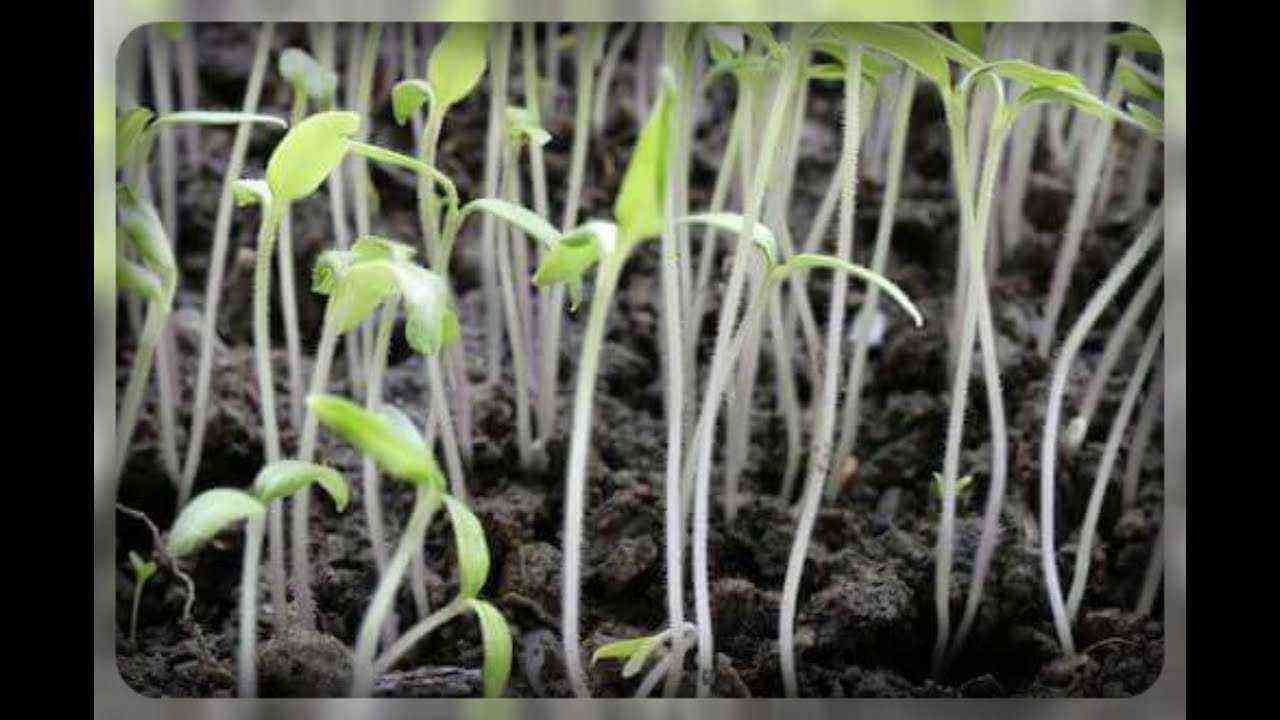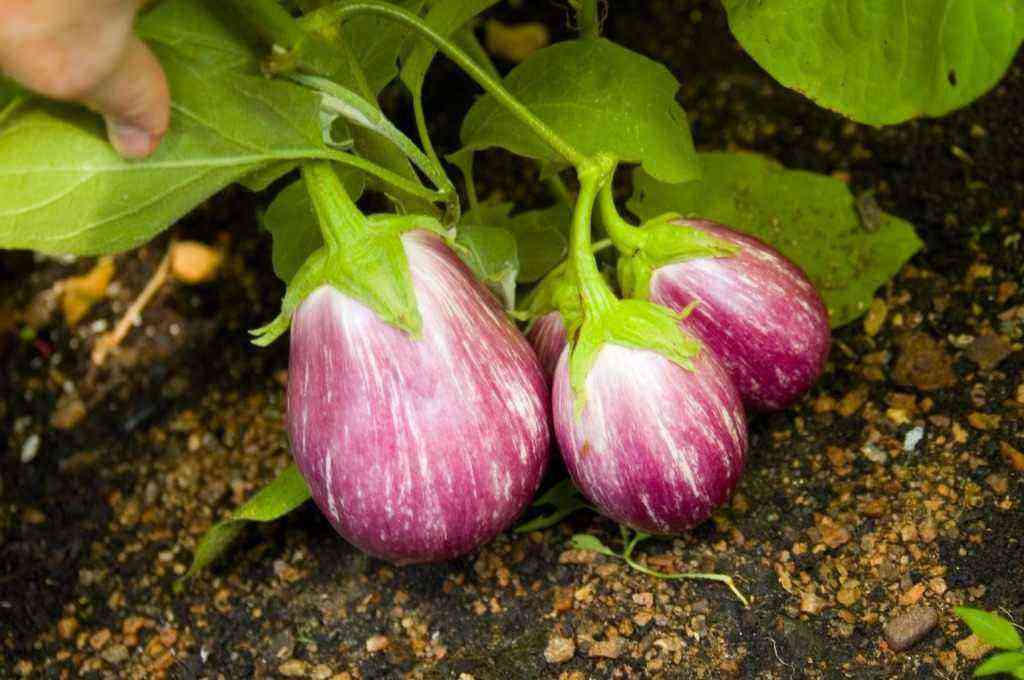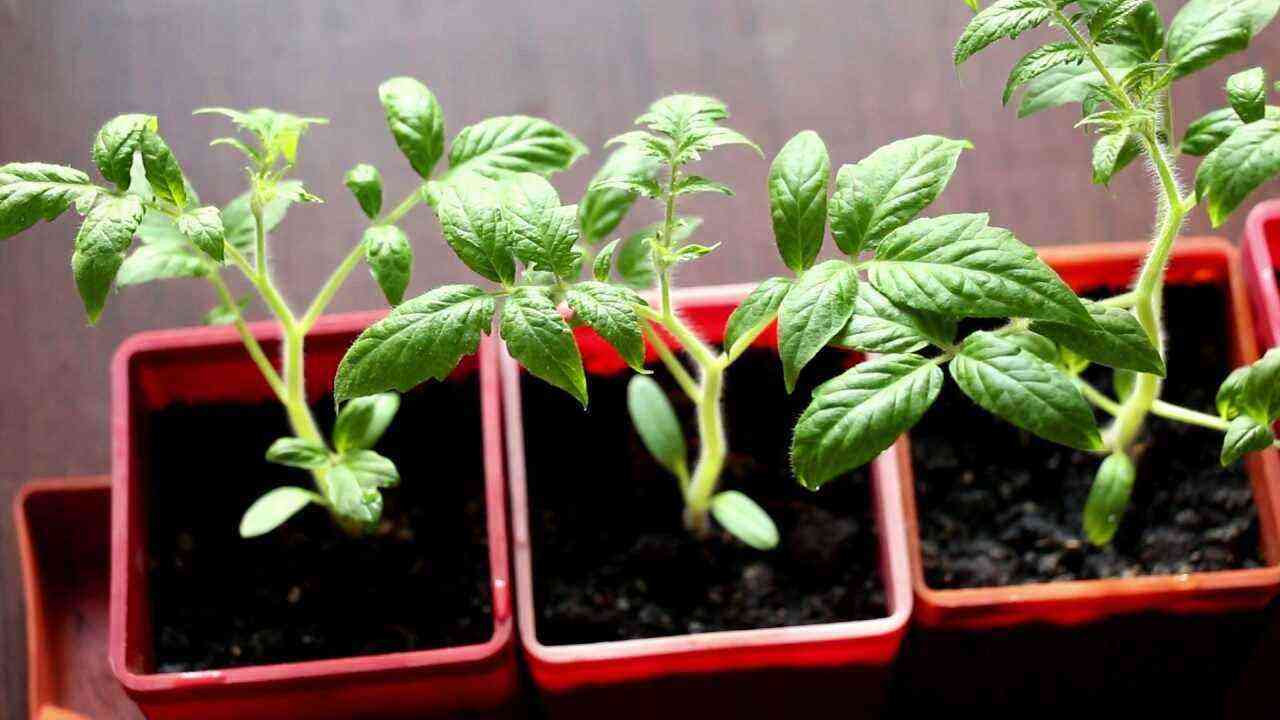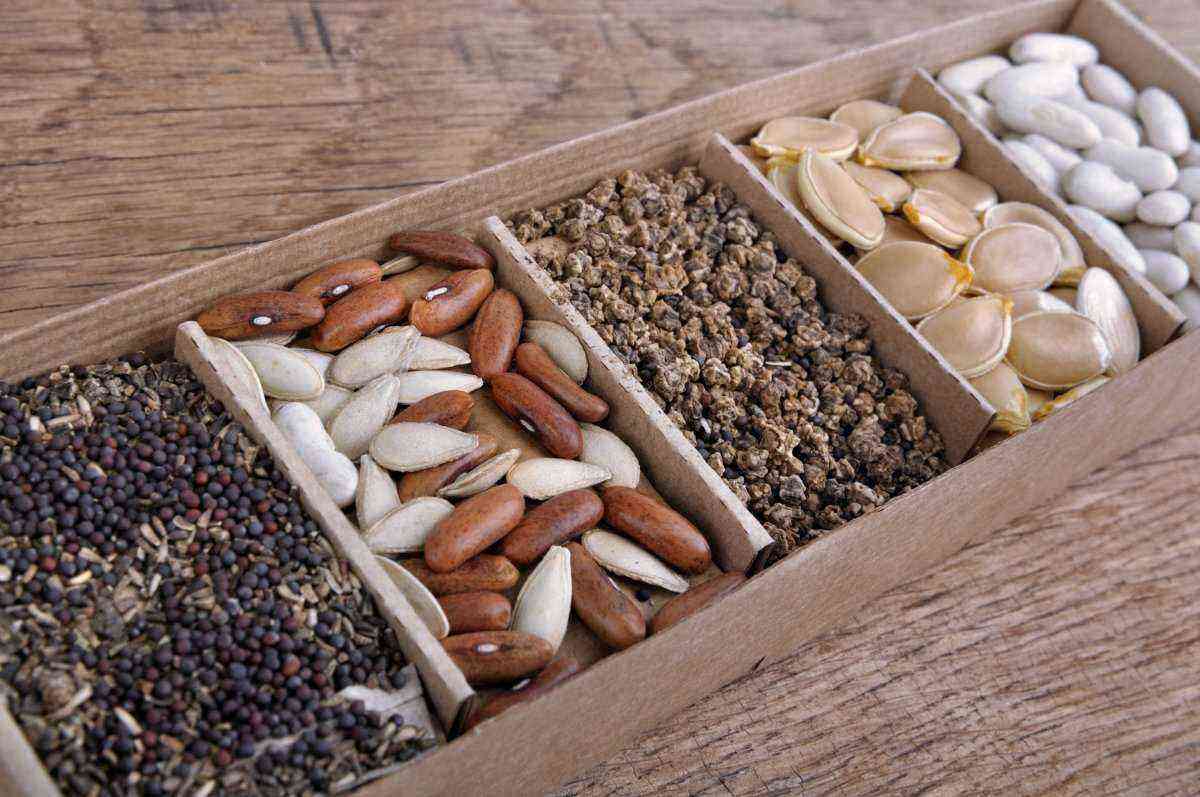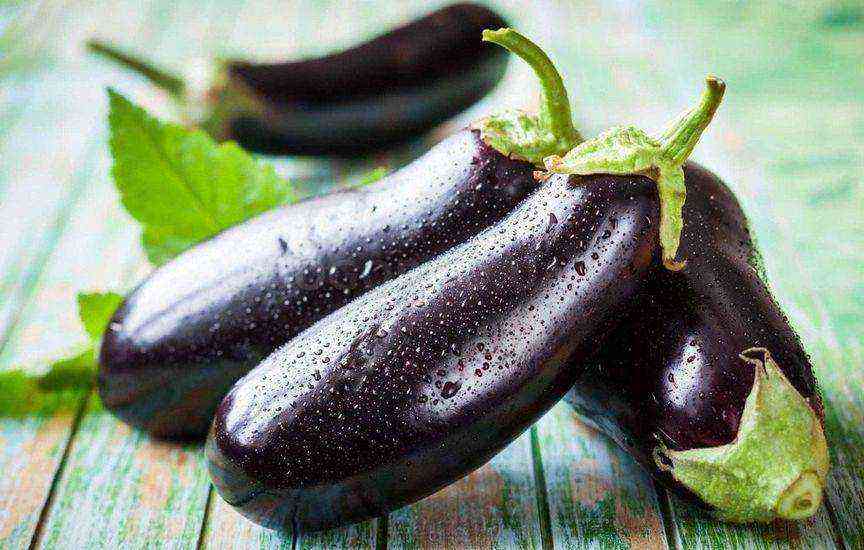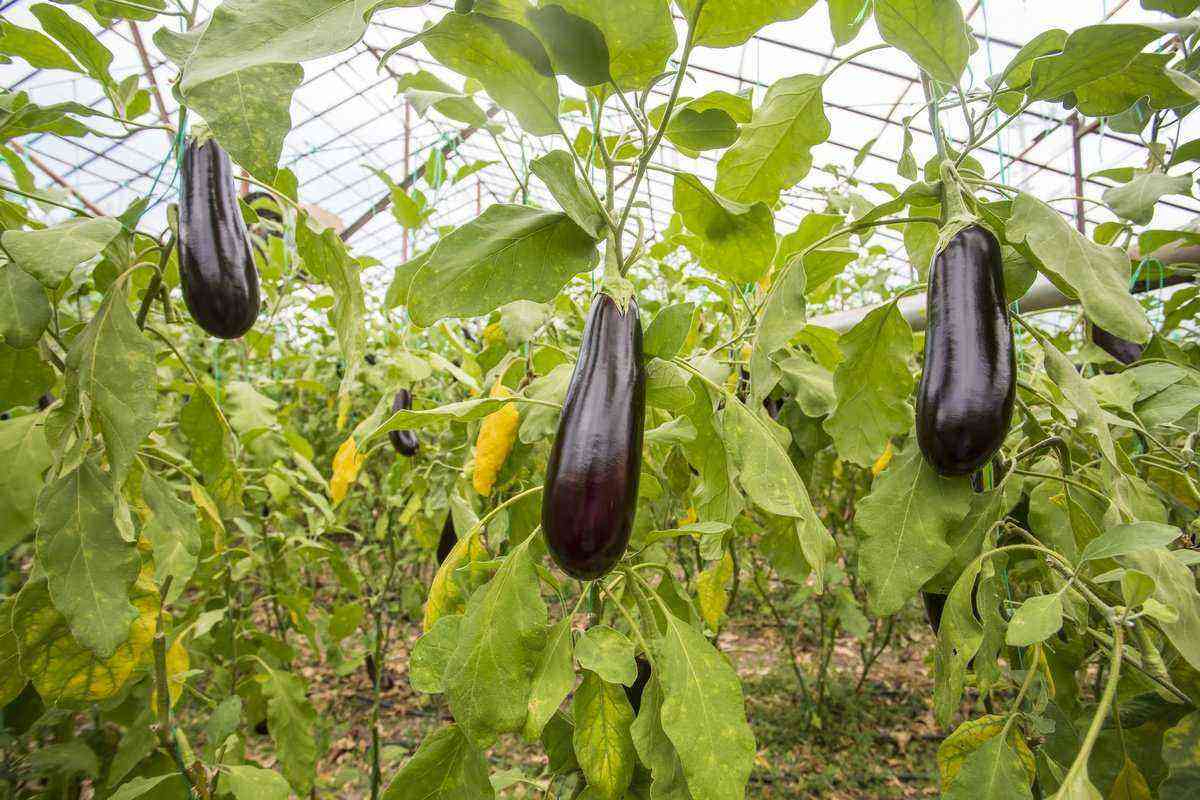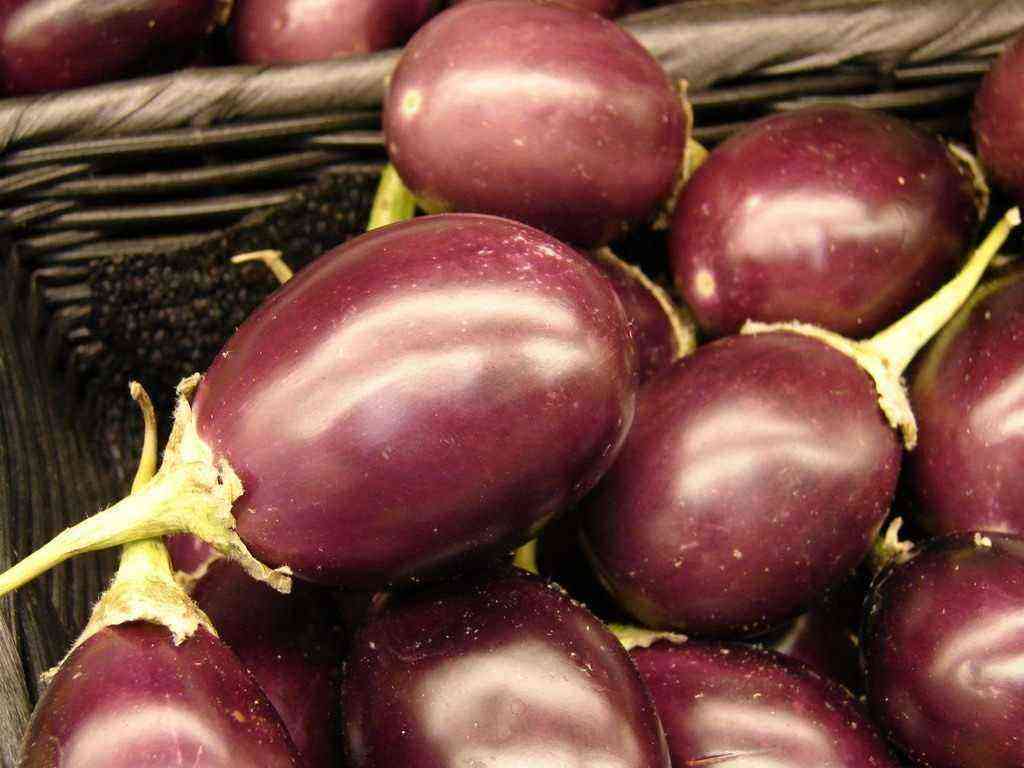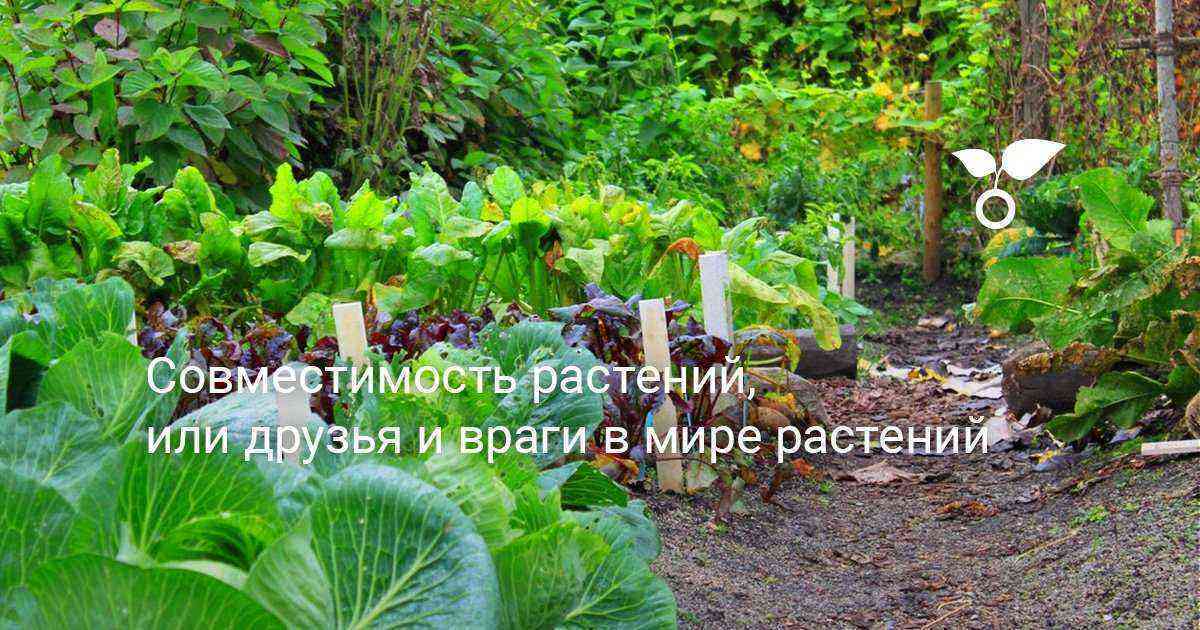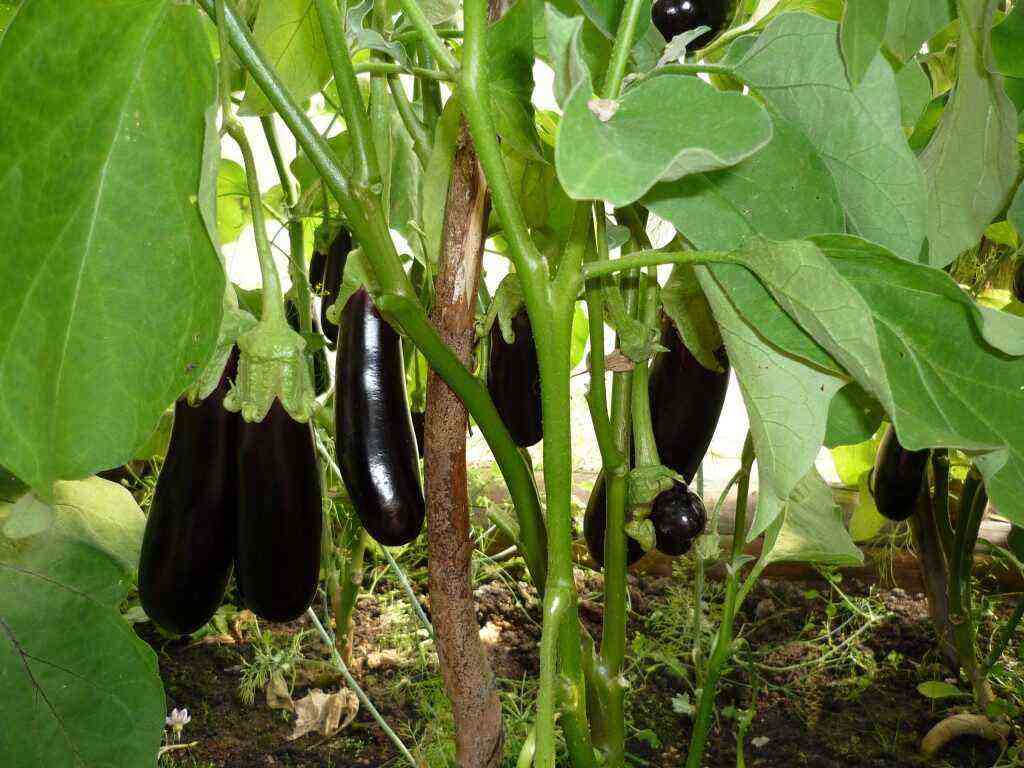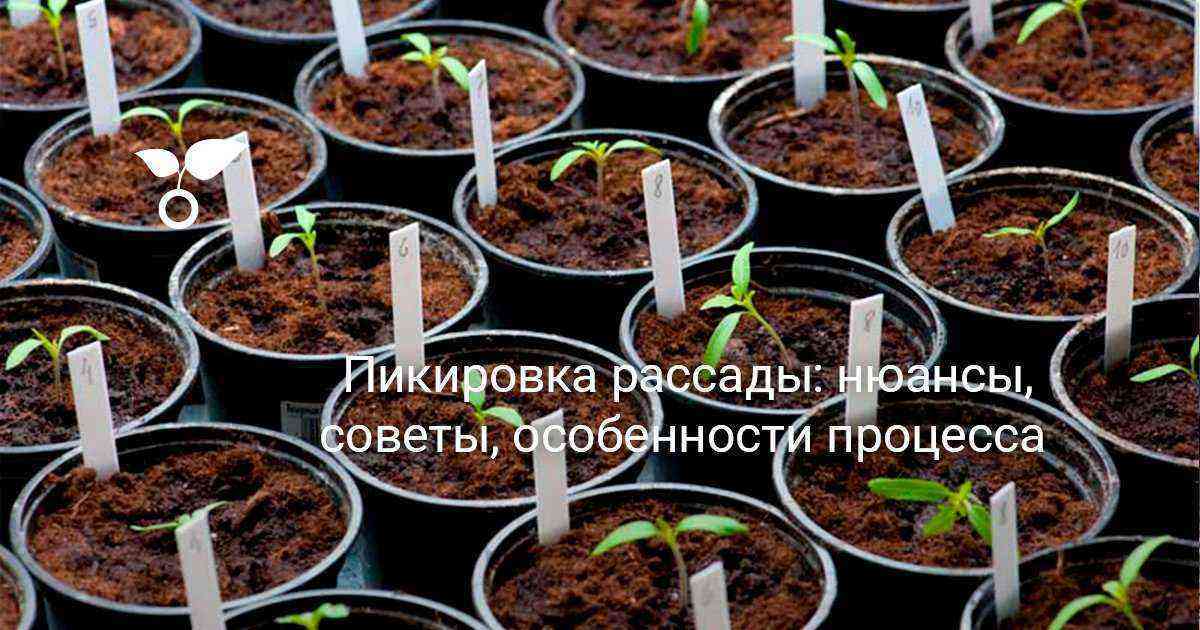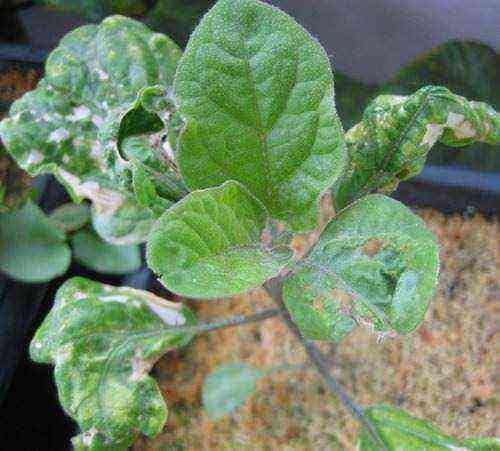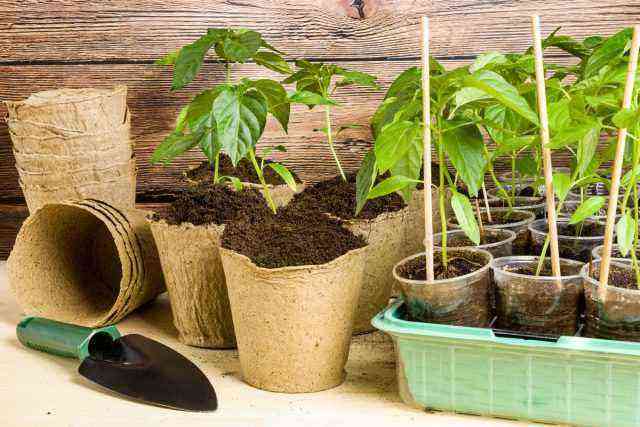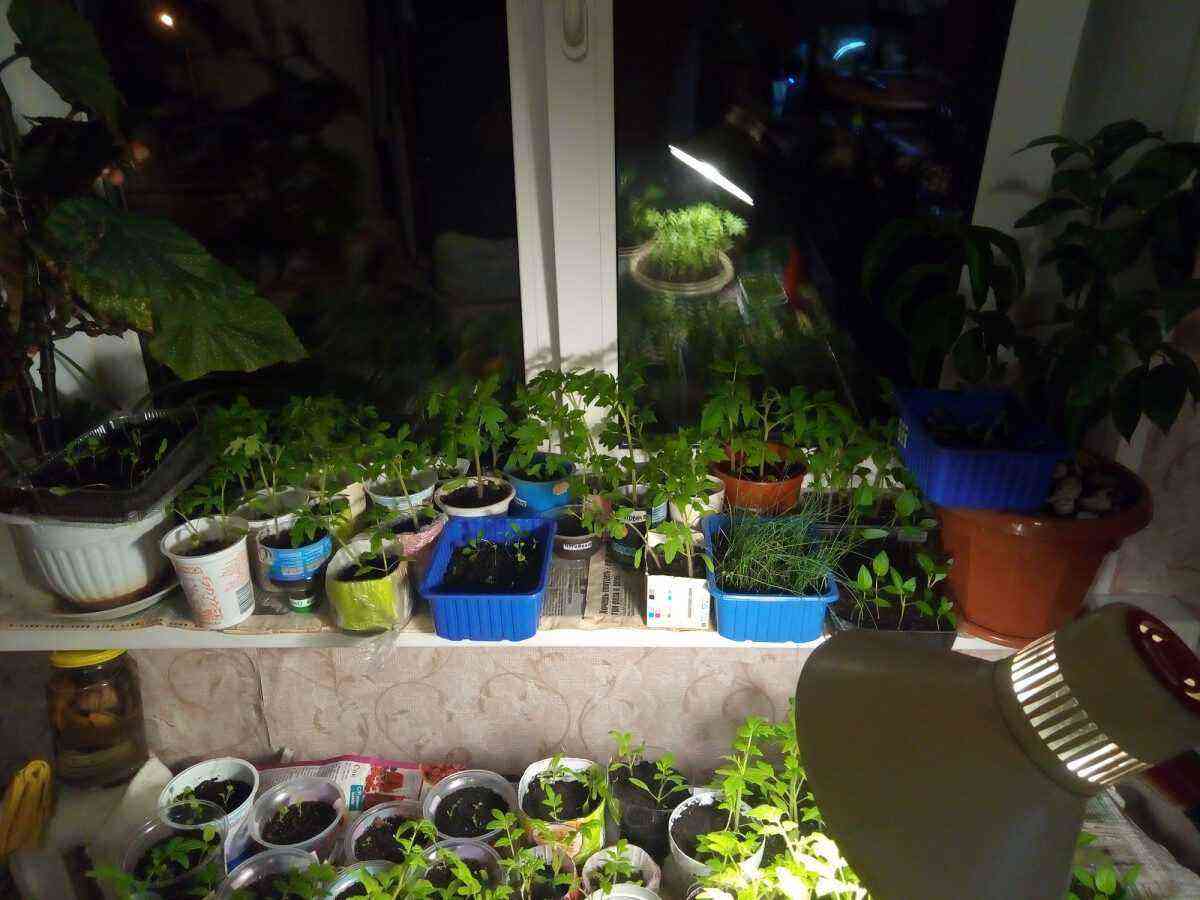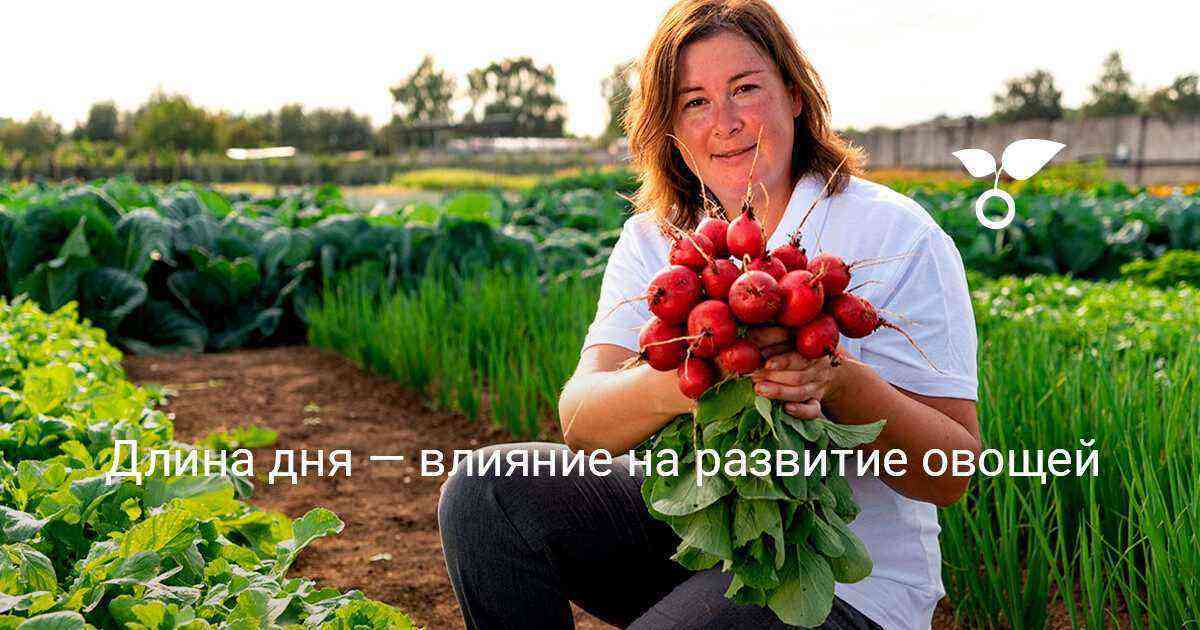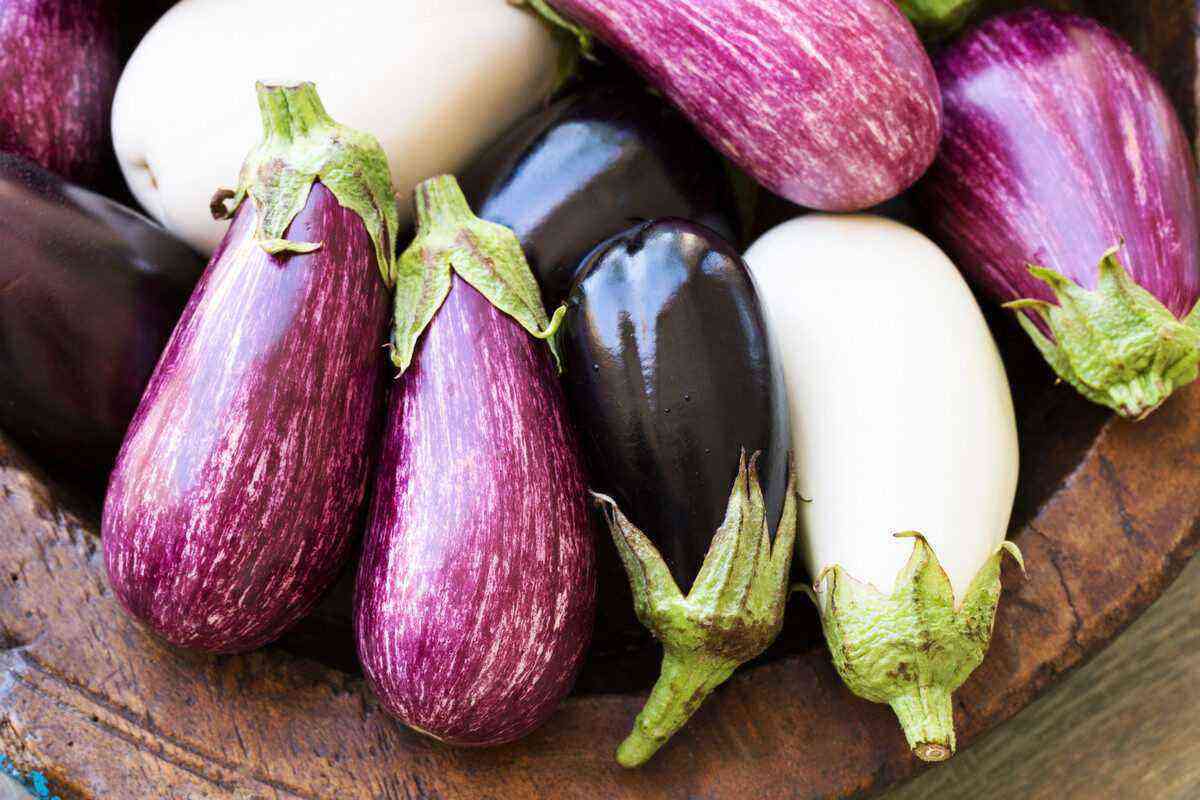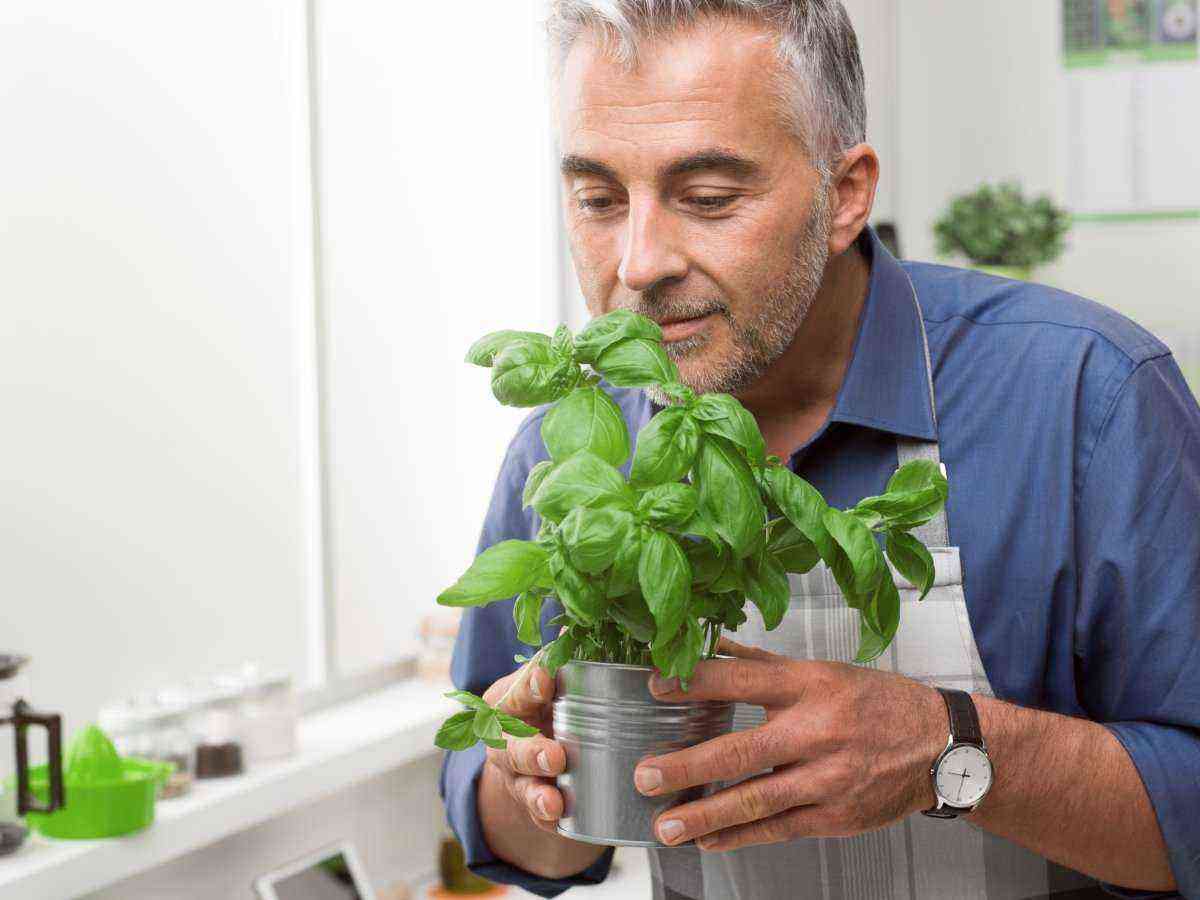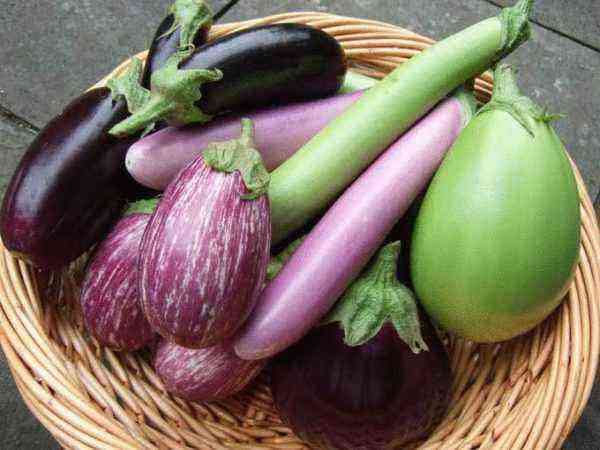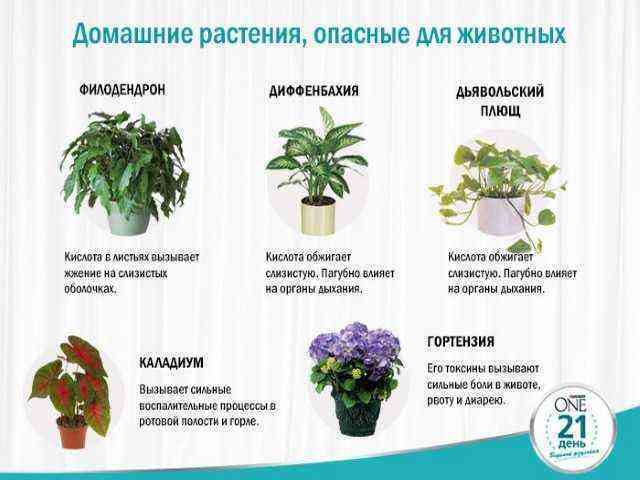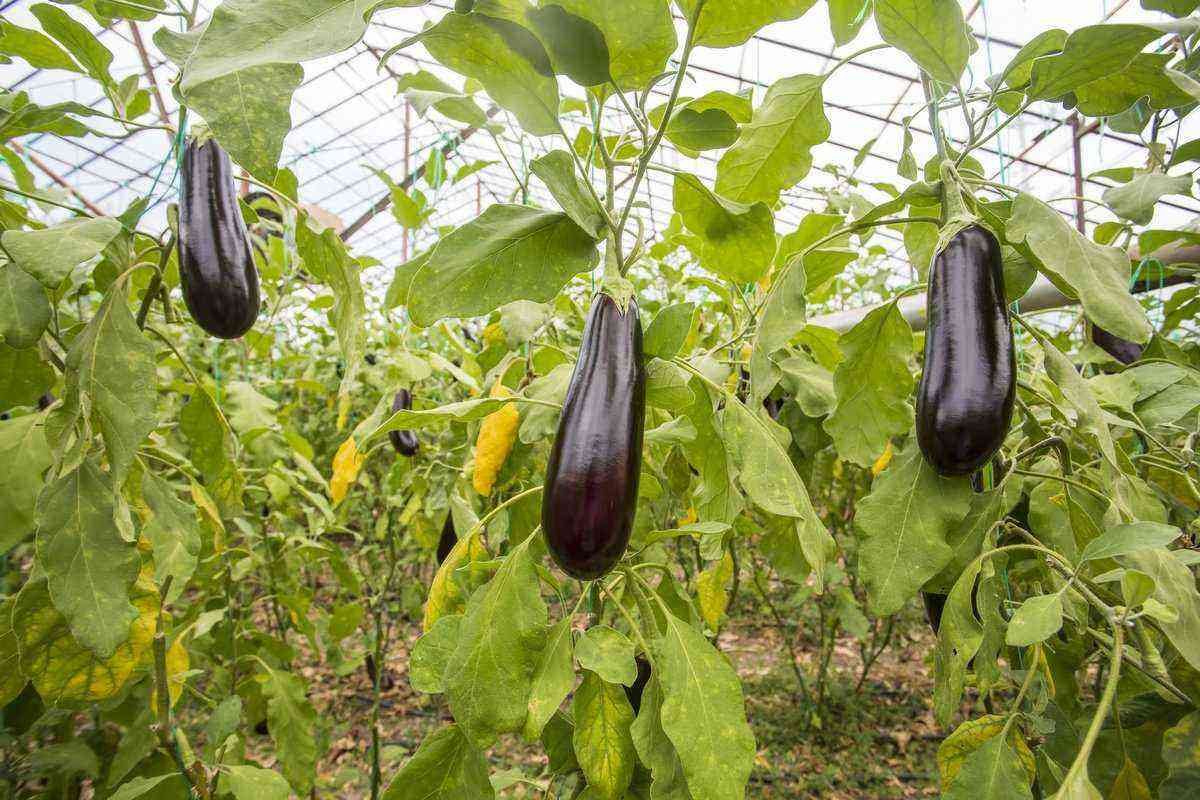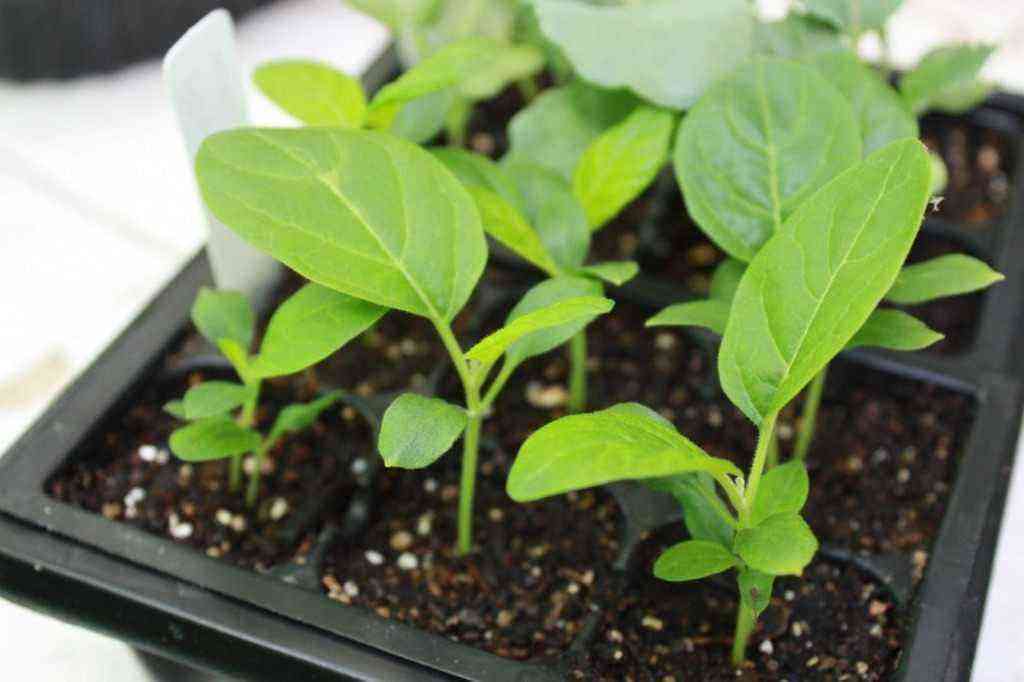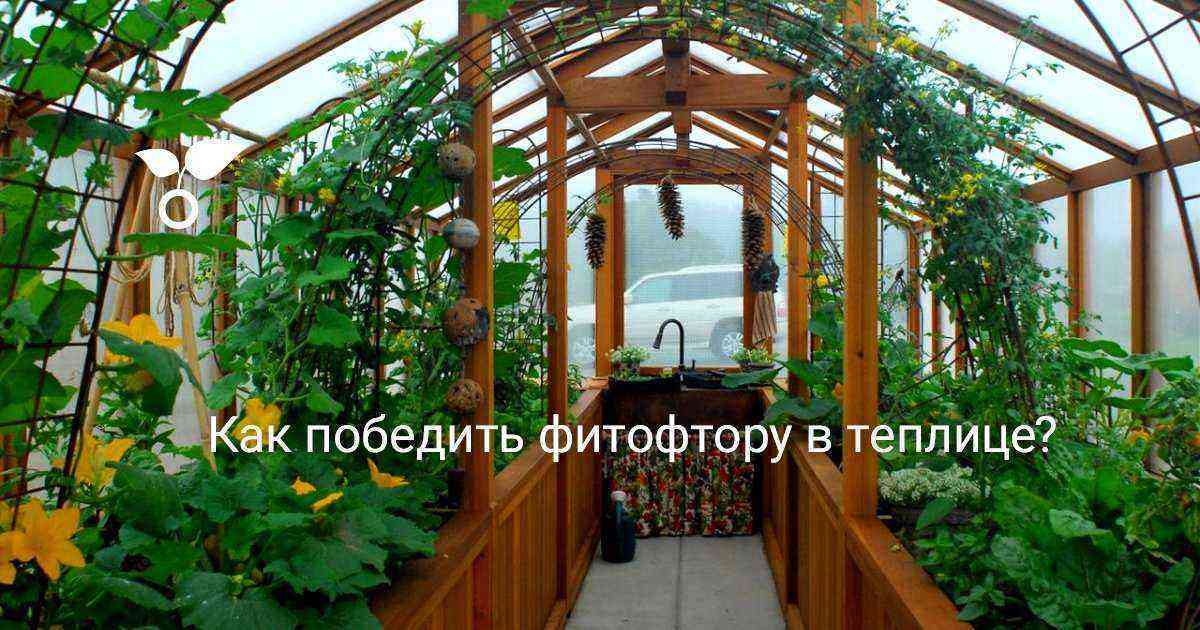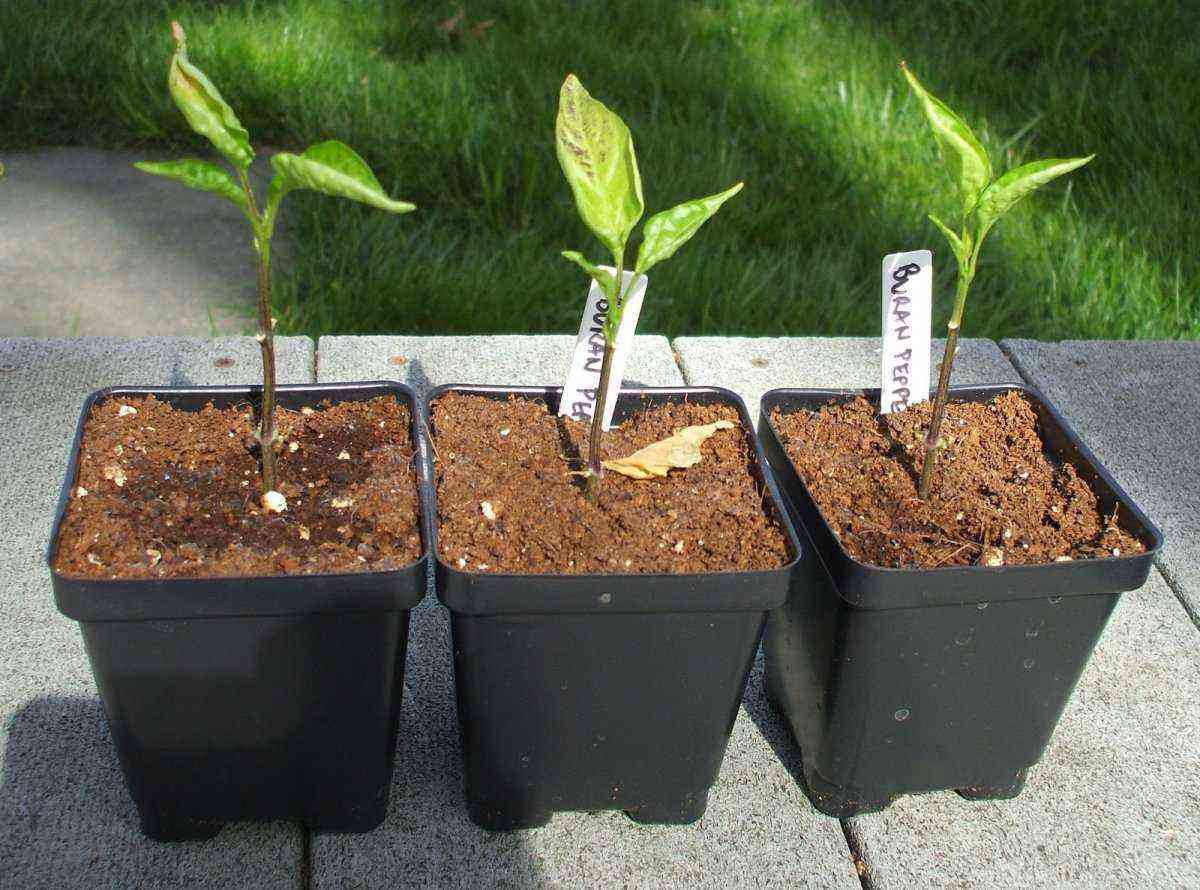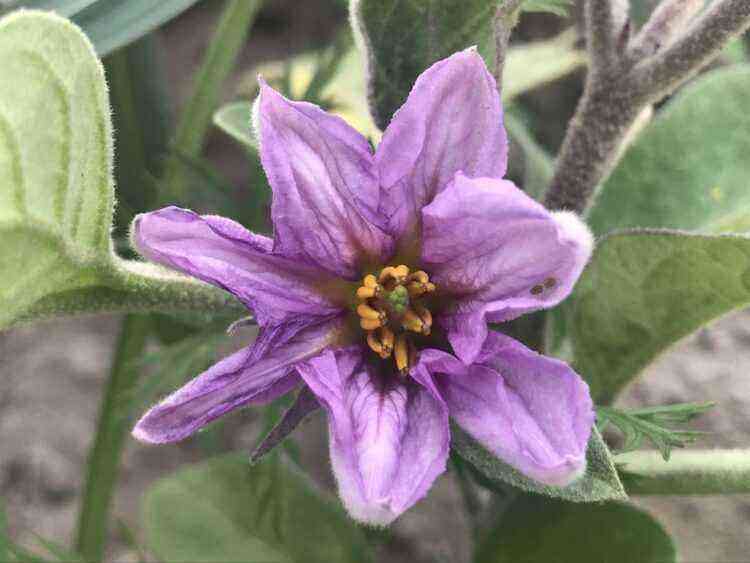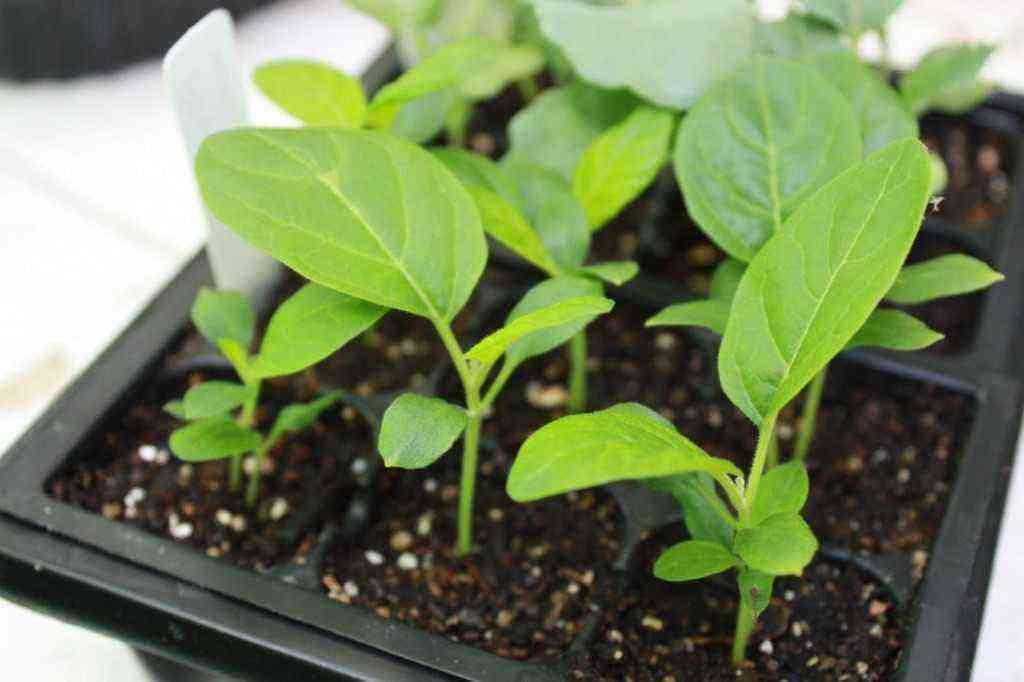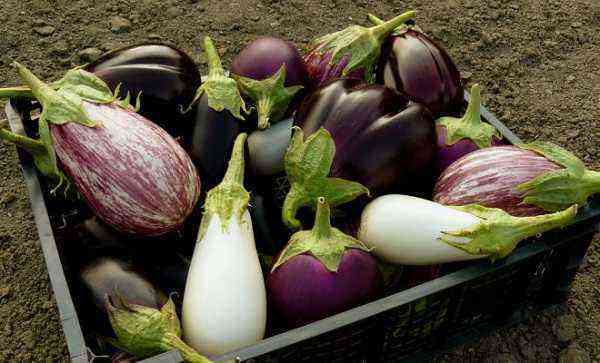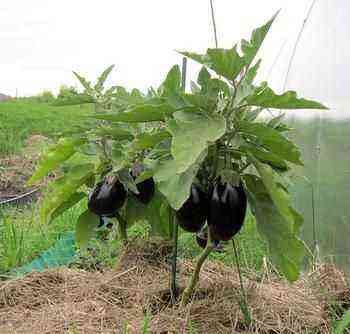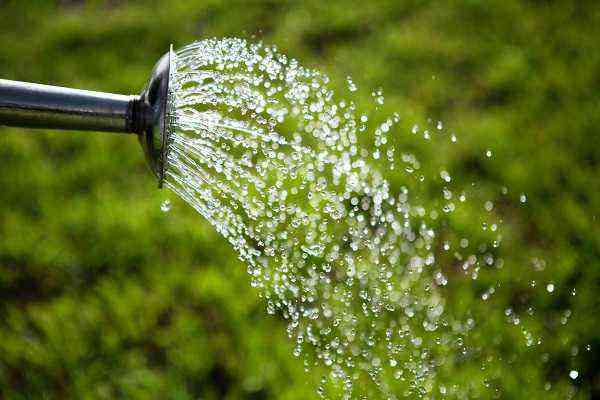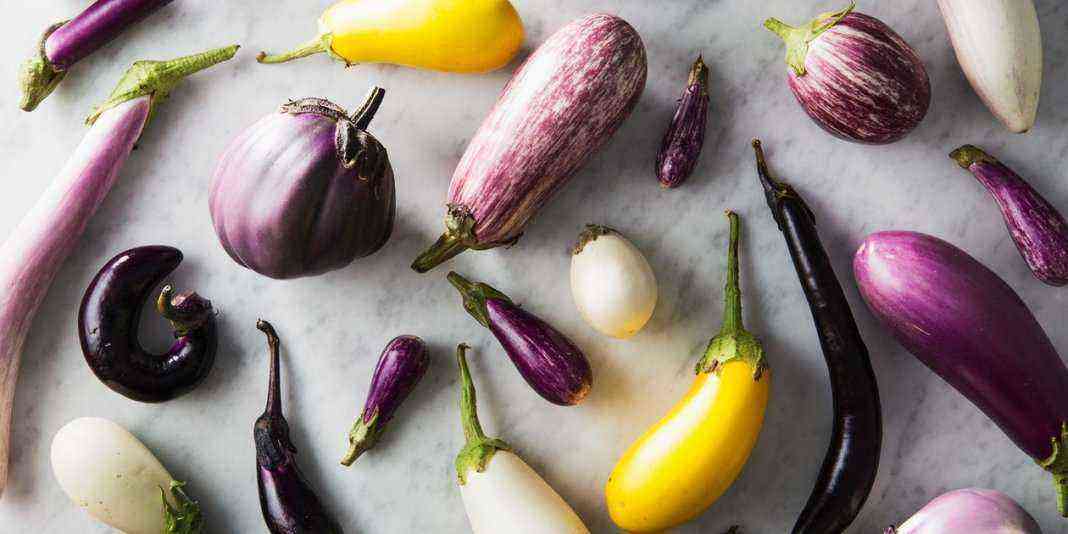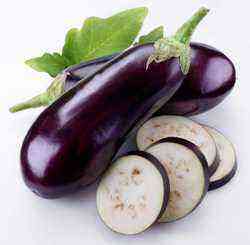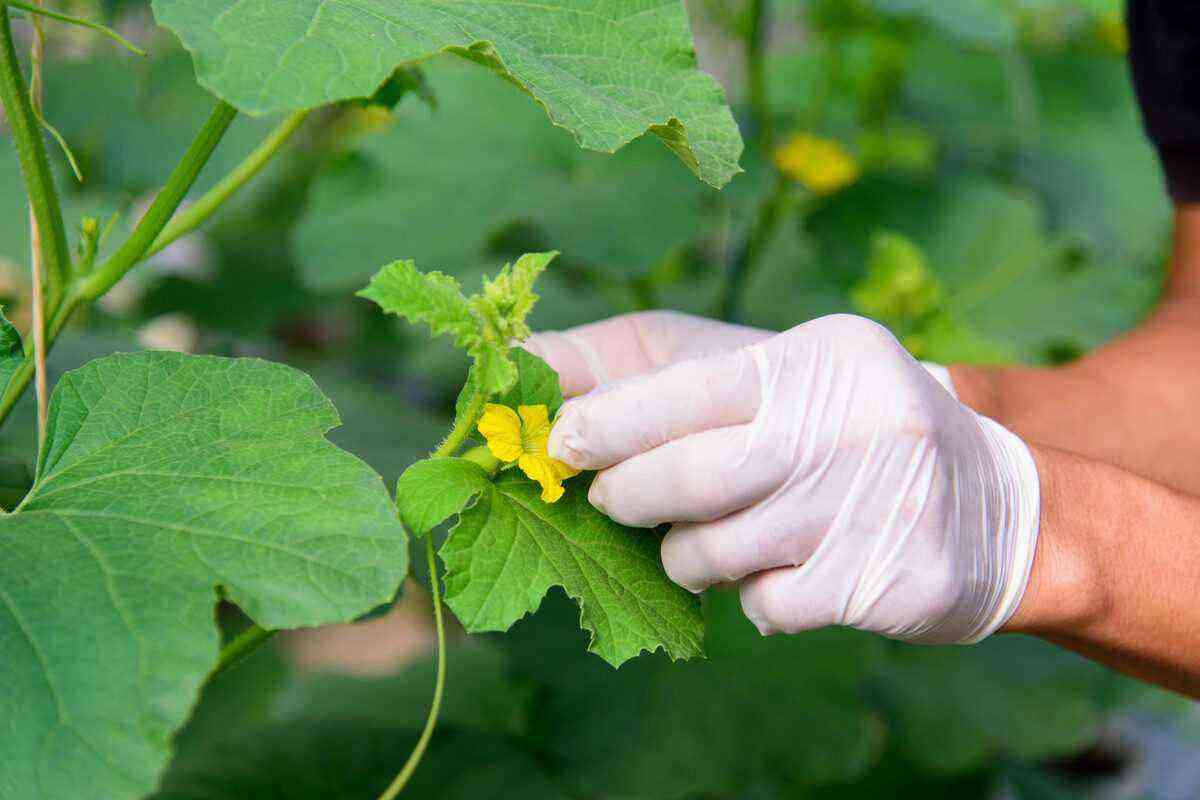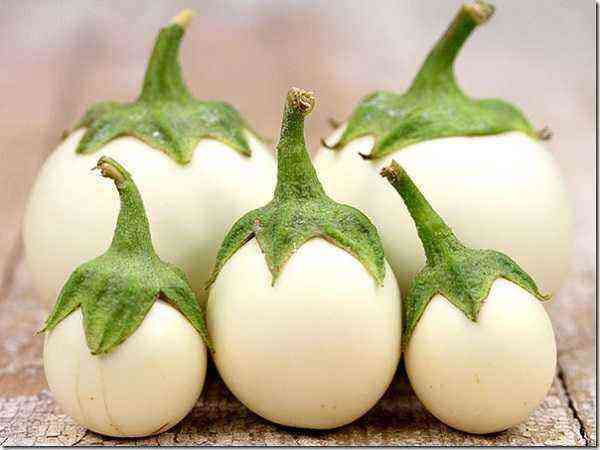The seedling method of growing vegetables and other garden crops is associated with our climatic conditions. In the vast majority of regions of the Russian Federation, the frost-free period with an average daily temperature of +10 … +15 ° C is 110-140 days a year, which is much less than required for most vegetable crops with a long growing season (from 130 to 200 or more days). It is possible to sow and plant plants in open ground from March-April – the period of a fairly high arrival of solar radiation. But the frost-free period begins in the regions from May 25 to June 10-15. Weather conditions are created that limit the normal development of plants. Under such conditions, a greenhouse period of 30-60 days is a good time saver for heat-loving crops that lack a short summer to form and ripen crops in the open field.
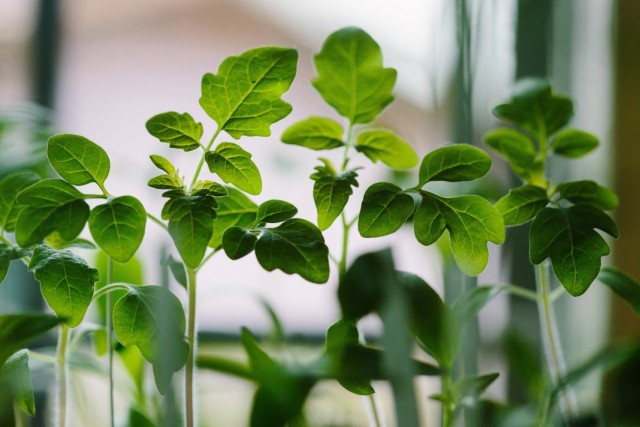
Contents:
Why is it necessary to harden seedlings?
Seedlings in our apartments and greenhouses are grown under artificially created conditions at optimal temperatures of +18 … +30 ° C, and a sharp change in temperature and humidity conditions when planting it in open ground negatively affects the condition of the seedlings. In addition, any intervention in the natural environment of plants, including transplantation, leads to disease. When transplanting, the root system suffers. A period is needed to restore the normal process of water supply to the organs of the above-ground mass of plants.
During this recovery period, a gentle environmental influence on young seedlings is necessary. An inoperative root system, a discrepancy between the intensity of lighting and temperature conditions leads to a stop in the exchange and growth processes in plants. To reduce the period of getting used to the new environment, which will contribute to the faster recovery of seedlings, it is necessary to gradually accustom or prepare the seedlings to new conditions. This is the main essence of hardening seedlings.
How to properly harden seedlings?
Through seedlings, you can grow almost all vegetable crops, the development period of which is longer than the warm season of the region, and if you wish, you can get an earlier harvest of vegetables in the open field. These crops include tomatoes, sweet and bitter peppers, eggplants, cucumbers, squash, pumpkins, watermelons, melons, all kinds of cabbages and other crops.
To get healthy, normally developed seedlings, hardening should be carried out during the entire period of its growth and development indoors (in a greenhouse, hotbeds, at home on a windowsill, etc.) until planting in open ground. Seedlings are gradually accustomed to live in open ground conditions.
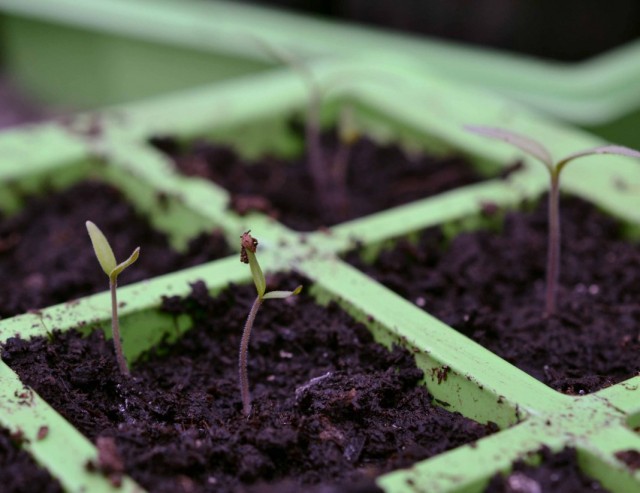
Temperature hardening
The first hardening of seedlings is carried out 2-4 days after germination. Within 4-7 days, the air temperature in the room is reduced from + 17 … + 25 ° С to + 8 … + 16 ° С during the day and from + 10 … + 15 ° С to + 7 … + 12 ° С at night, depending on the culture (table. 1 and table. 2), which counteracts the elongation of seedlings.
A further decrease or on hot days a sharp increase in temperature will slow down the development of seedlings and their disease. Starting from 2 weeks of age, the temperature regime for seedlings until the beginning of hardening of seedlings is maintained in a given range, gradually tightening environmental conditions.
On sunny hot days, the room is ventilated without drafts. Open windows or transoms from 5-15 minutes a day to 2-4 hours. During the greenhouse growing season, it is necessary to constantly monitor not only the temperature of the air, but also the soil. The pampered root system, once in open ground, will not withstand temperature extremes and can get sick, leading to the death of the plant.
Table 1
Name of culture
Air temperature, ° С
4-7 дней от всходов сеянцев
С 8 дня от закалки сеянцев до закалки рассады
пасмурно
солнечно
Днем
Ночью
днем
днем
ночью
Томаты
13-15
7-9
17-20
21-25
7-9
Перец сладкий и горький
14-17
8-10
18-20
25-27
11-13
Баклажаны
14-17
8-10
18-20
25-27
11-13
Капуста белокочанная ранняя
8-10
7-9
13-15
15-17
7-9
Капуста кочанная
10-12
7-9
14-16
16-18
7-9
Огурцы
18-22
15-17
18-20
22-25
15-17
Кабачки, патиссоны
20-22
15-17
18-20
20-25
16-17
Table 2
Name of culture
Soil temperature, ° С
12-15 дней от всходов сеянцев
С 16 дня от закалки сеянцев до закалки рассады
днём
ночью
днём
ночью
Томаты
18-22
15-16
18-20
12-14
Перец сладкий и горький
20-24
17-18
20-22
15-16
Баклажаны
20-24
17-18
20-22
15-16
Капуста белокочанная ранняя
15-17
11-12
14-16
10-11
Капуста кочанная
17-19
13-14
15-17
12-13
Огурцы
22-25
18-20
22-25
15-17
Кабачки, патиссоны
20-23
17-20
20-24
15-17
solar mode
Seedlings of all seedling crops in the first days cannot stand direct sunlight and can get a severe burn of young leaves. Therefore, from the moment of germination, the seedlings shade for the first 3-4 days, leaving 15-20 minutes in the sun a day from 10 to 11 or from 14 to 15 hours. The time of sunlight is gradually increased and by 2 weeks of age the seedlings can be left open for the whole day.
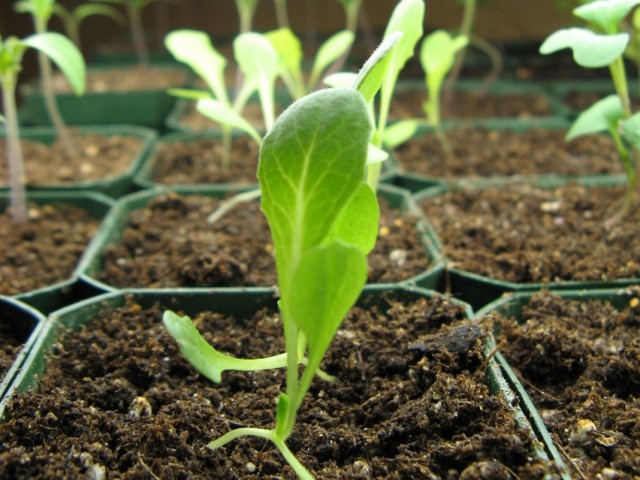
The need for additional illumination of seedlings
In the winter-spring period, seedlings clearly lack the intensity of natural light, and long-day plants need additional illumination. The period of additional illumination for tomatoes is 14-16 hours a day. For eggplants and peppers, until the phase of 4 true leaves, the light period lasts 14-16 hours, and in the future – 10-12 hours. For cruciferous, the period of additional illumination ranges from 10-12 hours. Cucurbitaceae are short-day plants and do not need additional illumination.
When growing seedlings of several crops in a greenhouse with different periods of illumination, a covering material is used that does not transmit light rays. When growing seedlings of several crops with different lengths of daylight hours at room conditions, after 10-12 hours of light time, containers with plants are taken out to a dark and cooler room, and the next day they are returned to their place.
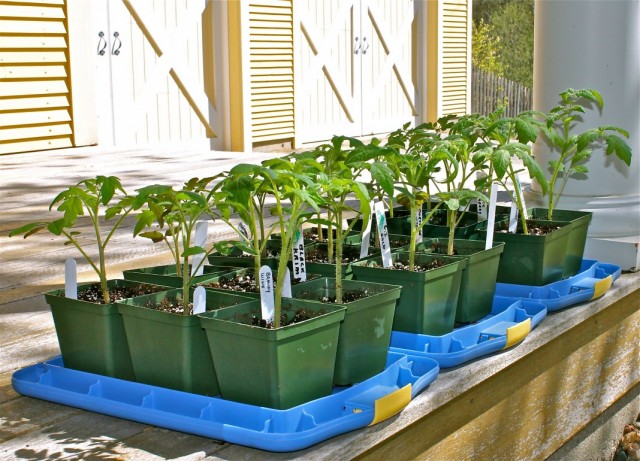
Hardening seedlings before planting in open ground
Regardless of the place of cultivation (at home, in a greenhouse, in a greenhouse, under a temporary shelter made of film or spunbond), seedlings must be hardened off before planting. 1-2 weeks (no more) before planting seedlings in the ground, the air temperature is reduced at night to + 12 … + 14 ° С for tomatoes, eggplant, sweet peppers, pumpkin, and for more cold-resistant ones (cabbage, head lettuce) – up to +6…+8 °С.
If you increase the period of active hardening to 3 or more weeks, and even with a further decrease in temperature, the plant inhibits growth, which subsequently reduces the crop yield, sometimes up to 30%.
The decrease in temperature 3-5 days before disembarkation is brought to the level of the ambient temperature of the open space. To do this, seedlings grown indoors are taken out to a closed balcony and left there around the clock. It is better to close the window at night so that there is no sharp night cooling. If the seedlings were grown in a greenhouse or greenhouse, transoms are raised so that the temperature gradually catches up with the street temperature.
Simultaneously with the hardening of the aerial part, the root system of seedlings is accustomed to lower and more severe conditions. Together with a decrease in air temperature, the amount of watering is reduced. The watering rate is not changed, only the intervals between waterings are increased. A longer dry period contributes to the drying of the soil coma. The soil remains moist in the zone of the root system, but dries out in the upper part.
This mode stops the growth of seedlings. It becomes more “stocky”, the root system grows intensively, the leaf apparatus develops, the leaves of cabbage are covered with a wax coating. It is very important not to dry out the soil during this period. The buds will begin to fall, the turgor of the leaves will decrease to a painful state. In general, the viability of plants will decrease.
1-2 days before planting, hardening top dressing is carried out, providing the plants with basic nutrition. Some gardeners carry out this procedure 10-12 days after picking. You can feed the plants with a solution of ammonium nitrate, superphosphate and potassium sulfate (respectively 10, 40 and 60 g per 10 liters of water) or nitrophoska 60-70 g / 10 liters of water. For top dressing, you can use kemira, crystallon or other mineral fertilizers containing nitrogen, phosphorus and potassium. Top dressing will reduce the survival period and increase the number of established plants up to 100%.
The last days, seedlings should be around the clock in an open space under a canopy or on an open balcony. If there is a threat of frost, the seedlings are covered with spunbond or other cover fabric for the night. Shelter film is less comfortable for plants.
Well-hardened and well-fed seedlings, when transplanted into the field, will much more easily endure a stressful situation and actively continue their further development. With poor-quality preparation for transplantation, seedlings slow down development for 5-10 days or more.
